What is a Relationship?
Relationships are where we intrinsically exist and therein lies all source of our inspiration. So what are they really? Here is a close look at the nature of human-human relationships.
What is a Relationship?
All of us exist in a number of interpersonal dynamics that we like to call ‘relationships’. No matter how we may conceive of the term individually, the wise, the learned as well as the lay have all recognised that the quality of our life is intrinsically linked to the quality of such relationships. It is thus baffling to me why we have so little by way of education or discourse on the nature, need and role of relationships. Here is my attempt at an exploration of the first of these- the nature of relationships, more specifically, of those between humans.
A relationship, most basically, means togetherness and a continuity of that togetherness. In humans, the free and choosing entities that we are, a continuity of togetherness requires a commitment for togetherness.
This leads us to, ‘what is a commitment?’.
As I see it, a commitment, at the end of the day, is simply a decision- a volitional decision, made with full acceptance, to prioritise the object of commitment. And what decides the stability of such a decision, is the depth of one’s understanding of the object of one’s commitment- here, a relationship, i.e, the continuity of togetherness. The better I understand what togetherness is and what it would require, the better prepared I will be for fulfilling it and all that it entails. My preparedness for the situations that arise in the course of a relationship is what allows me to stay firm in my decision- to not waiver or question its wisdom, or conversely, to not suffer under its burden. My preparedness allows me to live out my decision with as much welcome and acceptance and joy as I had when taking it.
So let us understand ‘togetherness’. Let us look first at its absolute sense:
Togetherness, I feel, can be distinguished from mere physical proximity. Proximity is a material status of time and space, whereas togetherness refers to a quality of being. Togetherness is more than mere proximity, it is a proximity for unity. When independent units connect with one another to unite their functioning or purpose in some way, that is when we can say that they are ‘together’. Two proximal celestial bodies are only together if their motions are in tandem. Two atoms are together only if the expression of one is tied up with that of the other. Two organs are together only if their functions complement one another’s functioning. Two animals are together when they exhibit a consideration of the other’s needs and disposition. In each iteration of togetherness, there is a recognition of the other and a corresponding response for continued unity. How then does this recognition and response play out in humans?
A response to something is always based on what it has been recognised as. Now, in humans, our only basis for recognising and responding to anything is how we accept that entity to be. This is because our ability to recognise is dependent on our beliefs or acceptances. Upon seeing a neighbourhood dog, if our acceptance is that it is a furball of amiability, our response will be to call it close and play with it. If our acceptance is that it is an impassioned creature of fickle wilfulness, we will maintain our distance. Or it could be some other kind of acceptance altogether. Depending on the accuracy of our acceptance, this response of ours will allow us to establish either a fulfilling, stable relationship with the dog or one in which one of us is left feeling insecure, and hence agitated, by the other. The accuracy of our acceptances is dependent upon our understanding. Our understanding is our lens for ‘seeing’ anything. We haven’t seen anything unless we synthesise the raw data of sensory inputs received from the world and matched it to something in our mental framework of meanings. So, how well we understand anything becomes our acceptance which determines how holistically we see it upon encountering it.
And thus, we can only respond appropriately (or correspond) to another if we understand them in their entirety or see them deeply. So, for human togetherness, first we need a deep seeing or understanding of the other, which opens up the possibility for the second- a willing engagement with the reality of what is seen, i.e. the complete person. That is real togetherness among humans– a willing and deep engagement with another’s being. Such an engagement would also have to be with openness because you realise that just as yourself, the other too needs to be able to understand you deeply and fully in order to correspond for continued stability. Such an understanding and acceptance of togetherness allows us to instate it firmly and stably within our priorities. In other words, to commit to it.
‘Understanding someone deeply.’ What does this even mean? As I see it, this means understanding the core of their being- the values they identify with and aspire towards. What someone values informs how they relate to everything around them and what they are drawn towards. One’s values are the ultimate answer to all the ‘why’s regarding them—
‘Why did you choose <career path>?’, or
‘Why do you like spending time with <person>?’, or
‘Why do you do <hobby>’, or even
‘Why do you like <TV show>?’.
Fully engaging with someone is engaging at the level of their reasons for being and doing, at the level of their concerns– at the level of values. Engagement at the level of reasons or values requires you to understand your own values or motivations as well. Maybe a friend and I are enjoying a conversation about a book we both read. In doing so, we each share what we liked about it and what thoughts and ideas it led to. Now if this interaction is simply us taking turns talking about our own interests, that will soon run out of steam. Such a conversation will be enjoyable only so far as our interests overlap, which will always have a limit. The only way to deepen and extend the joy in this interaction is if my interest is in my friend themself (and vice versa). So, if I listen to my friend’s sharing to learn more about what she values, and on discovering hers, find how that links up with my own, the level of resonance that results in leads to much greater satisfaction in the interaction. It imparts a feeling of ‘we are the same because we see and value the very same thing’. The openness and ease that arises upon such resonance allows my friend and I to then go beyond each of our individual interests to synthesise and expand both our values together! Real togetherness leads to mutual growth– growth in our appreciation of the world around us.
In such interactions we are not simply reacting to the other’s words or actions in isolation but responding to each other’s values as reflected in their words and actions. In order to do this we must understand the other’s values or at least wish to understand them. In order to engage with their values in any mutually fulfilling way there needs to be an appreciation for, or at least a curiosity towards, what the other appreciates. If I’m not appreciative or curious then I can not see my friend’s perspective, i.e, I cannot empathise and join them in that concern.
How else do we join someone in their interest? Some people try pretending— another form of ‘fake it till you make it’, perhaps. But if I pretend to be curious or appreciative of their concern, it is understandable how that appreciation would be,
1) lacking in its quality,
2) tiring for me, in the long run, and
3) disappointing and hurtful to my friend when they inevitably find out.
[This is another reason honesty has generally been recognised as ‘good’ or ‘moral’. Because it is a necessity for long-term trust in the relationship as well as the only sustainable approach one can take.]
So, there is no alternative to genuine understanding of the other’s concerns for a full and transparent engagement with them. It also allows me to explore my own take on those concerns more deeply and present them for the other to consider. If both engage in this with the willingness to both, stay true to themself as well as understand the other, it leads to a coalescence- a marriage, if I may- of understanding for both.
As fulfilling and heartening an experience as this is in itself, it additionally results in the mutual growth of both through the depth of understanding reached as a result of synthesised perspectives.
When each conversation, each decision and each activity that is shared is conducted collaboratively in this way, we truly start to see what it means to be with another person. To share in their joys and join in their sorrows (incompleteness), to see what they need and address it as your own, to appreciate what they are with their own ‘distinctive-ness’ [originality or ‘त्व’], and to have them be able to do the same for you- this togetherness is a relationship that is sustainable.
So, a relationship is a mutual commitment for togetherness.
And togetherness is an engagement with each other’s values or concerns.
Now, if we look at values:
All the concerns anyone has are interconnected branches of the tree that are rooted in their need for well-being. I value/am concerned about something because I feel, in one way or another, that it is important. Something being important implies that it is important for me, for whatever reason. ‘It is important for me’ means I will not be OK if it is undermined, i.e., it will affect my well-being. So an engagement with each other’s concerns is the real engagement with each other’s well-being. That is why, when we really care about someone, i.e., we care about their well-being, slowly, we find their interests and concerns becoming our own.
So, if ‘togetherness’ is in fact the engagement in each other’s well-being, a ‘relationship’ then becomes a mutual commitment towards mutual well-being.
Since well-being is the basic purpose and drive in each of us, it makes sense that that would be the state of complete fulfilment. That well-being is the state of Completeness that we seek, an absence of which leaves us feeling unfulfilled and wanting. So we can say that ‘a relationship is a mutual commitment for mutual Completeness’. Hence, an understanding of this well-being or Completeness would be necessary to really understand the heft of a decision for any continued togetherness.
Another way to see why understanding complete well-being is necessary for sustained togetherness is because the reason any togetherness breaks down is when the other’s well-being seems at odds with my own. This happens when we are unable to integrate the other’s concerns (or values) with our own and we are left with apparently irreconcilable concerns that must be weighed against each other for predominance— individual vs collective, independence vs order, particular vs universal, specialised vs adaptable, unity vs multiplicity, etc. Irreconcilable differences are the ultimate downfall of togetherness.
The only way to integrate and hence address (as is necessary for well-being) all concerns or values is by understanding them in their entirety— i.e., in how each of them unite as an integrated whole of complete and universal well-being.
Interestingly, it is in, by and for togetherness that we even find the motivation to reconcile the apparently irreconcilable. An integrated value system is what leads to both, one’s own well-being as well as the ability to contextualise anyone else’s values and thence engage in their well-being. So, continued togetherness requires either an integrated value system, or the commitment to collaboratively grow towards one. This is the only way to ensure that the concerns of both parties are always upheld and safeguarded against invalidation, so that neither has to dominate nor be dominated.
To link back to what was discussed previously, the preparedness for the situations that arise in the course of a relationship, which lends steadfastness to that decision, is a mutual commitment towards an integrated (or complete) value system.
Only such preparedness, in the form of a mutual commitment towards an integrated value system allows us to sustain any decision of togetherness, i.e., a relationship. It is such sustainability in the joy of our decision-making that gives us certitude in the meaningfulness of our life and also inspires hope in others and raises aspirations for its continuity and replication.
Only the continuity and replication, i.e. sustainability, of such a model (of relationships) can become the basis for certitude in society regarding the meaningfulness and possibility of harmonious coming together. It also teaches society what it means to really come together instead of simply being in proximity, and allows people to spontaneously and enthusiastically come together in larger circuits of truly functional relationships of care and growth.


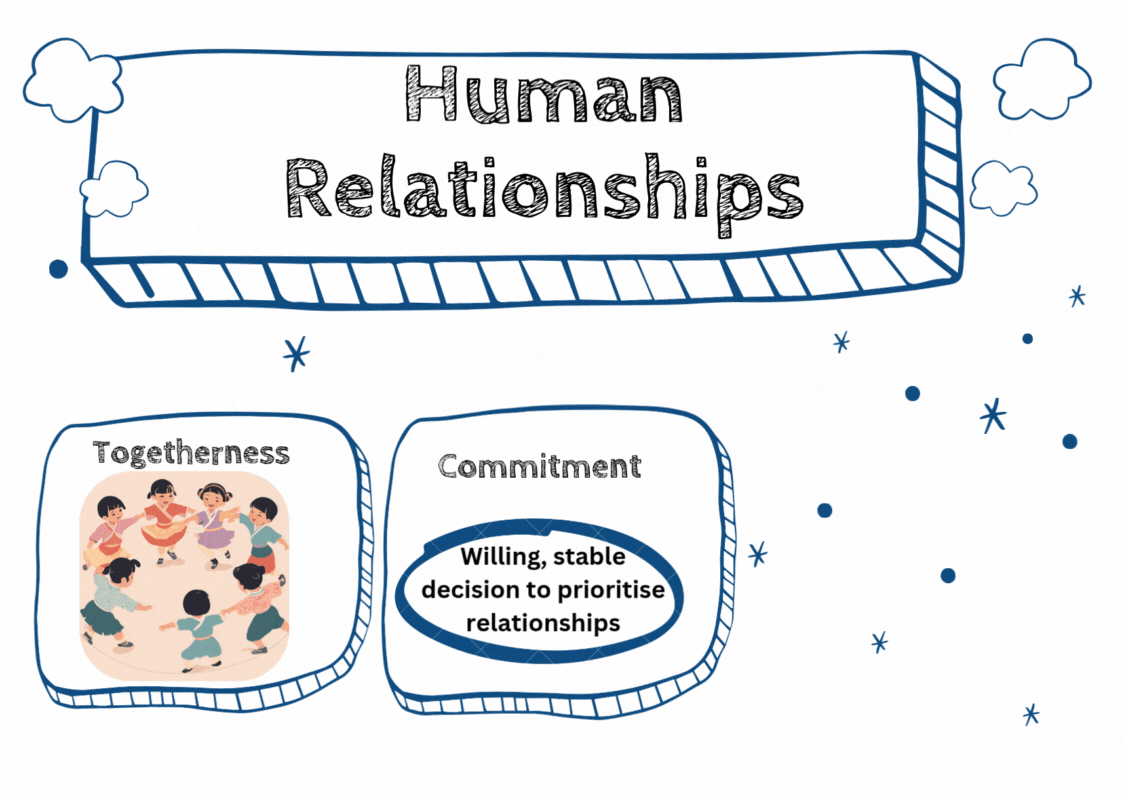
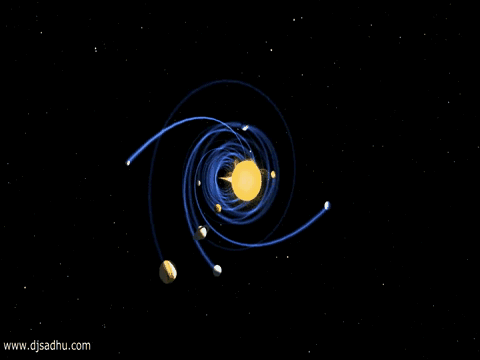
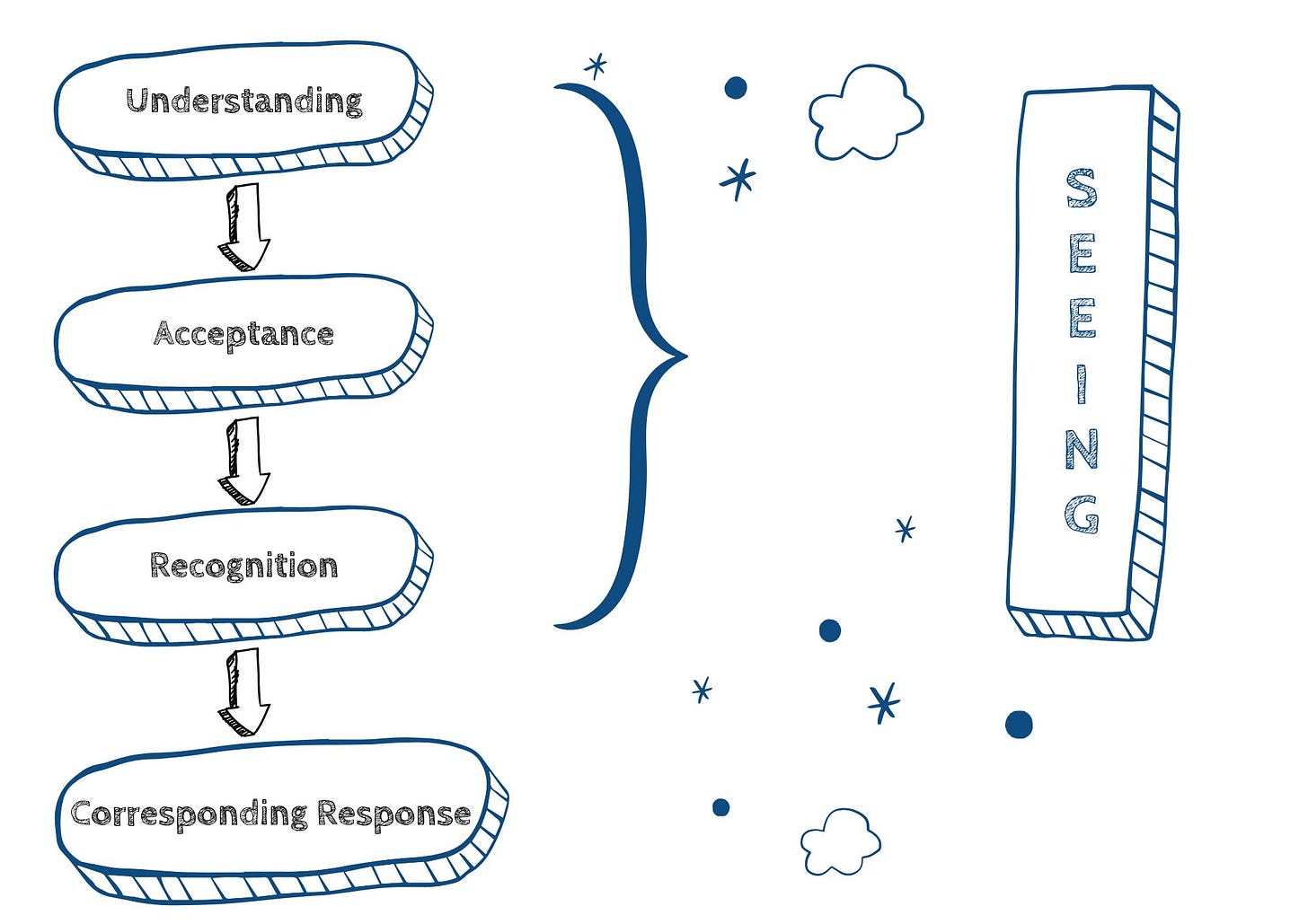
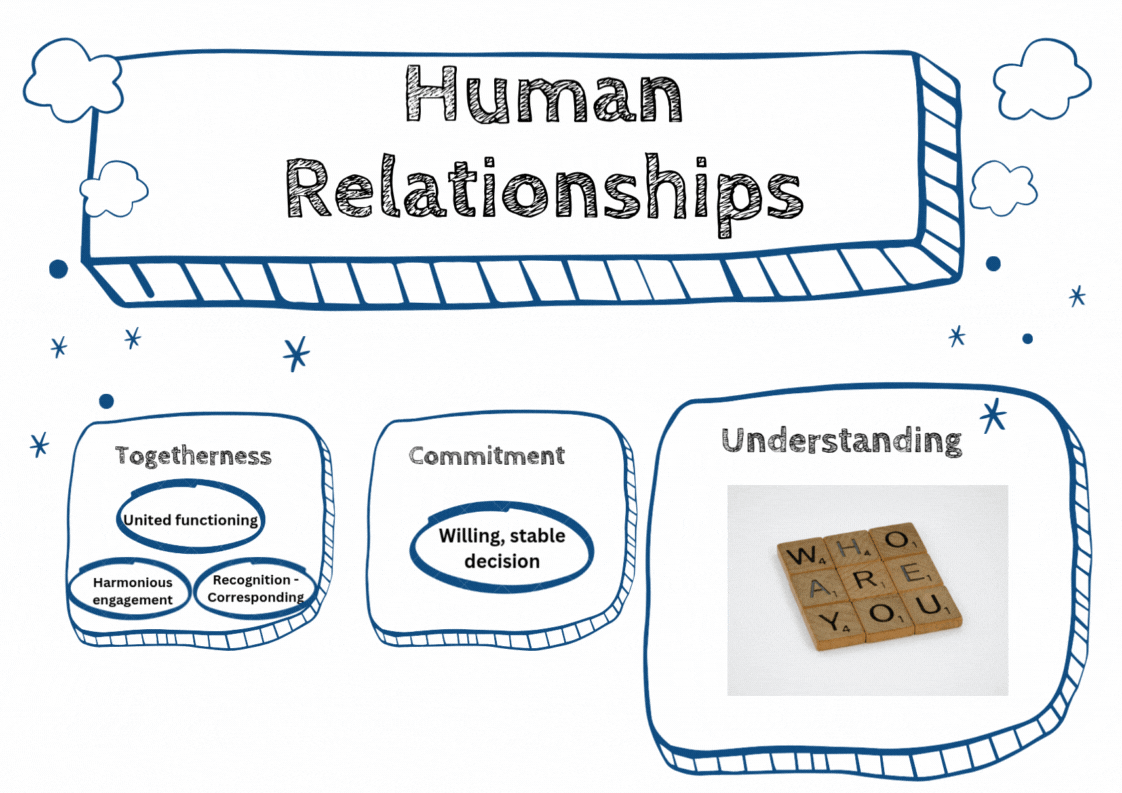
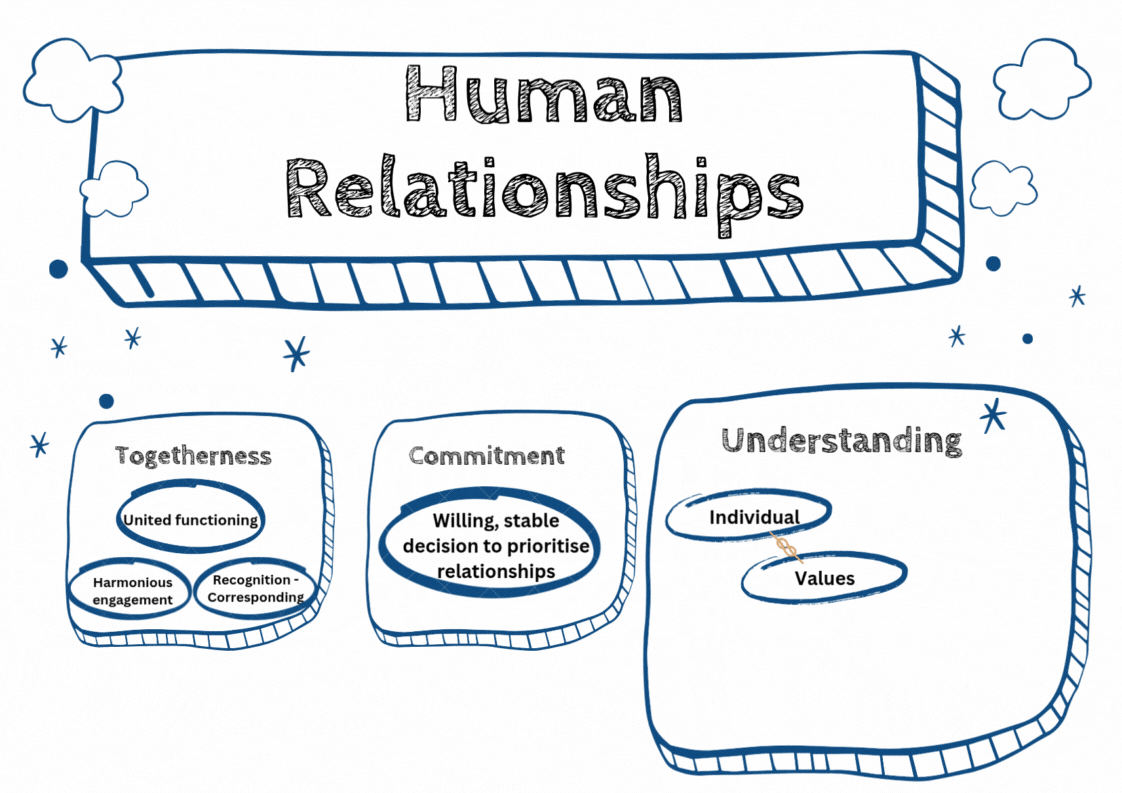

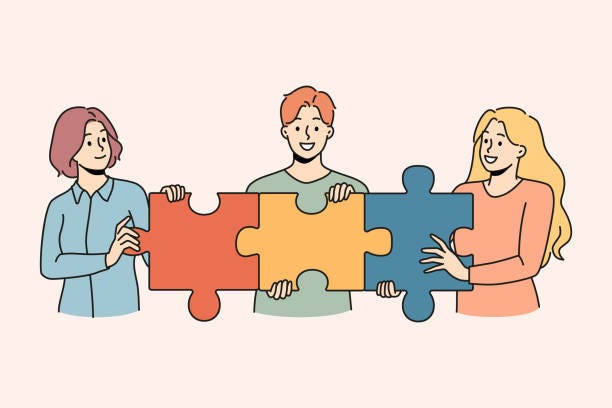
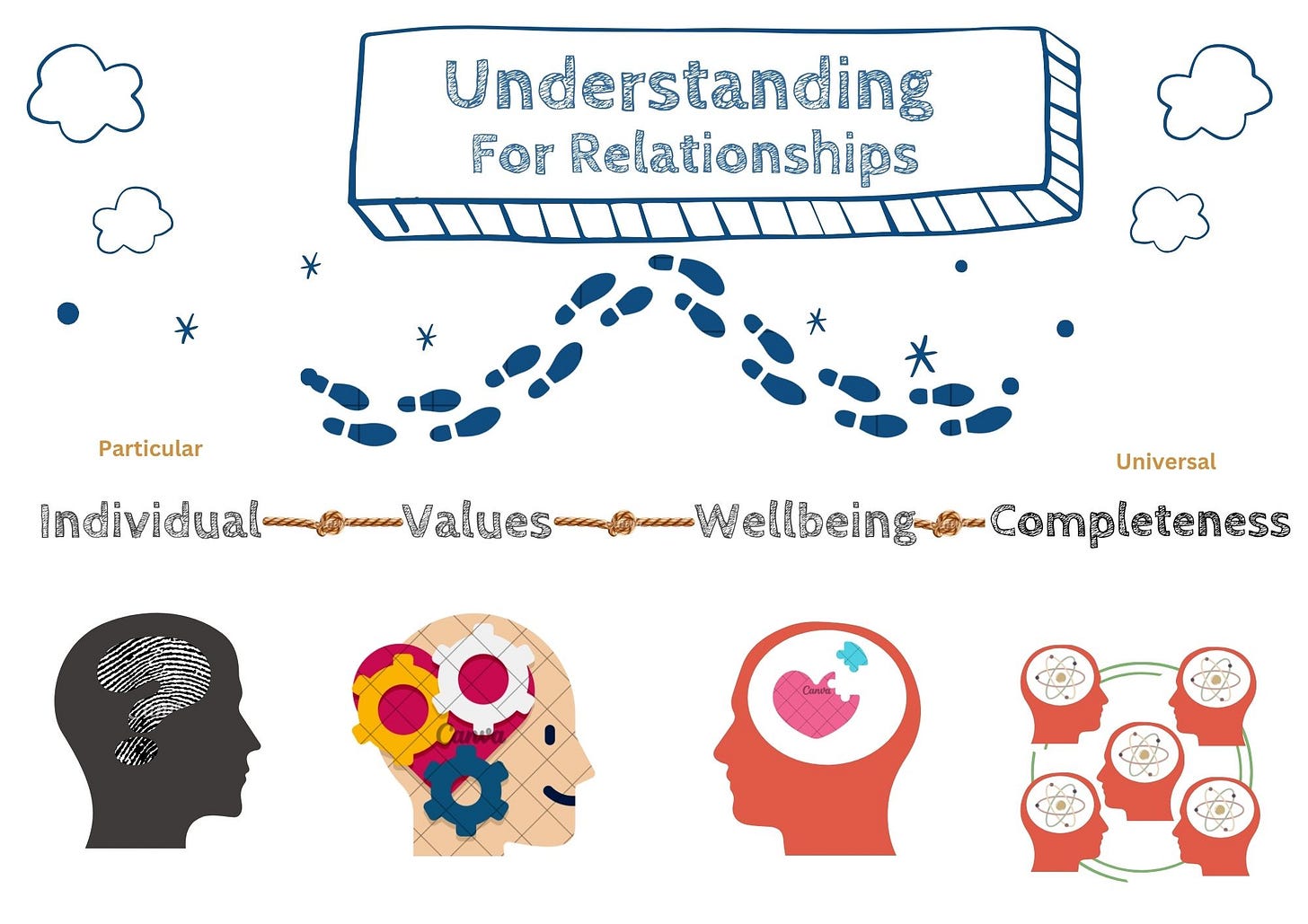
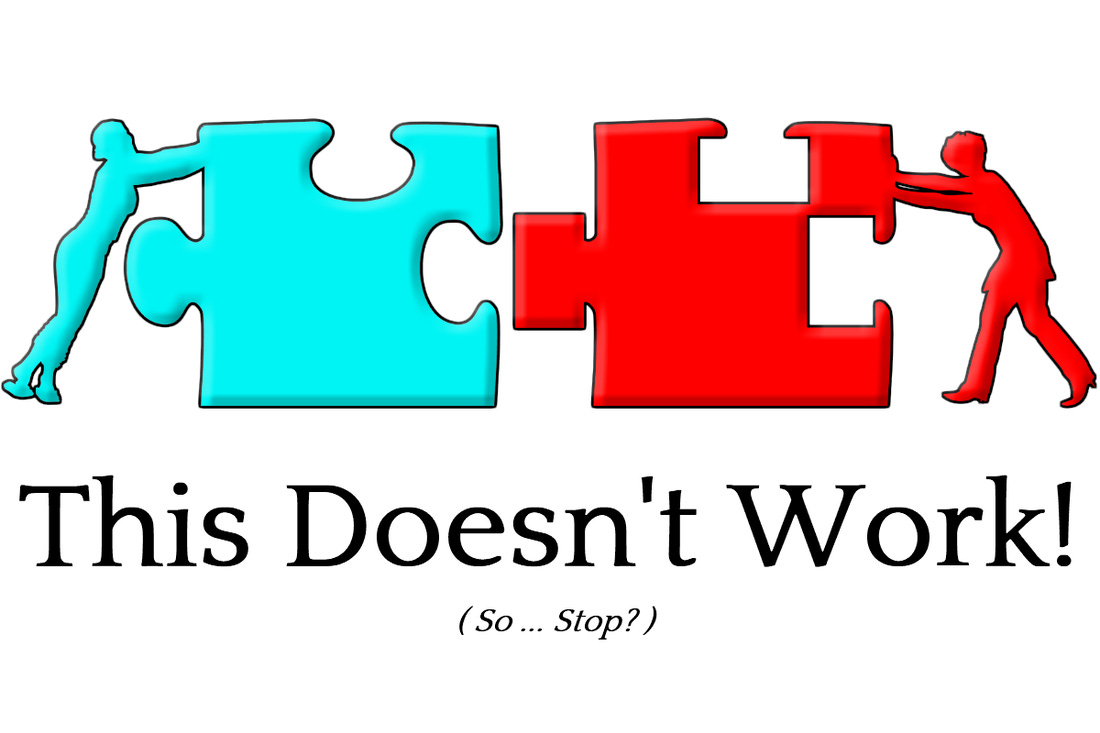
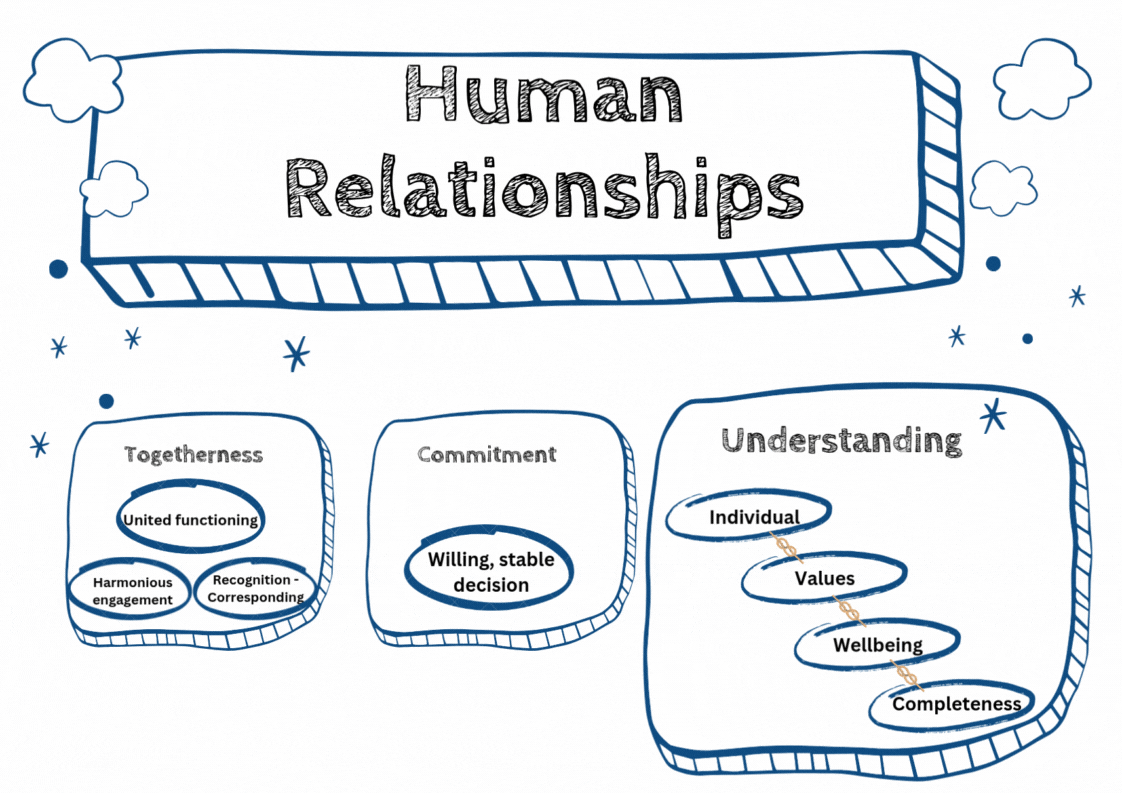
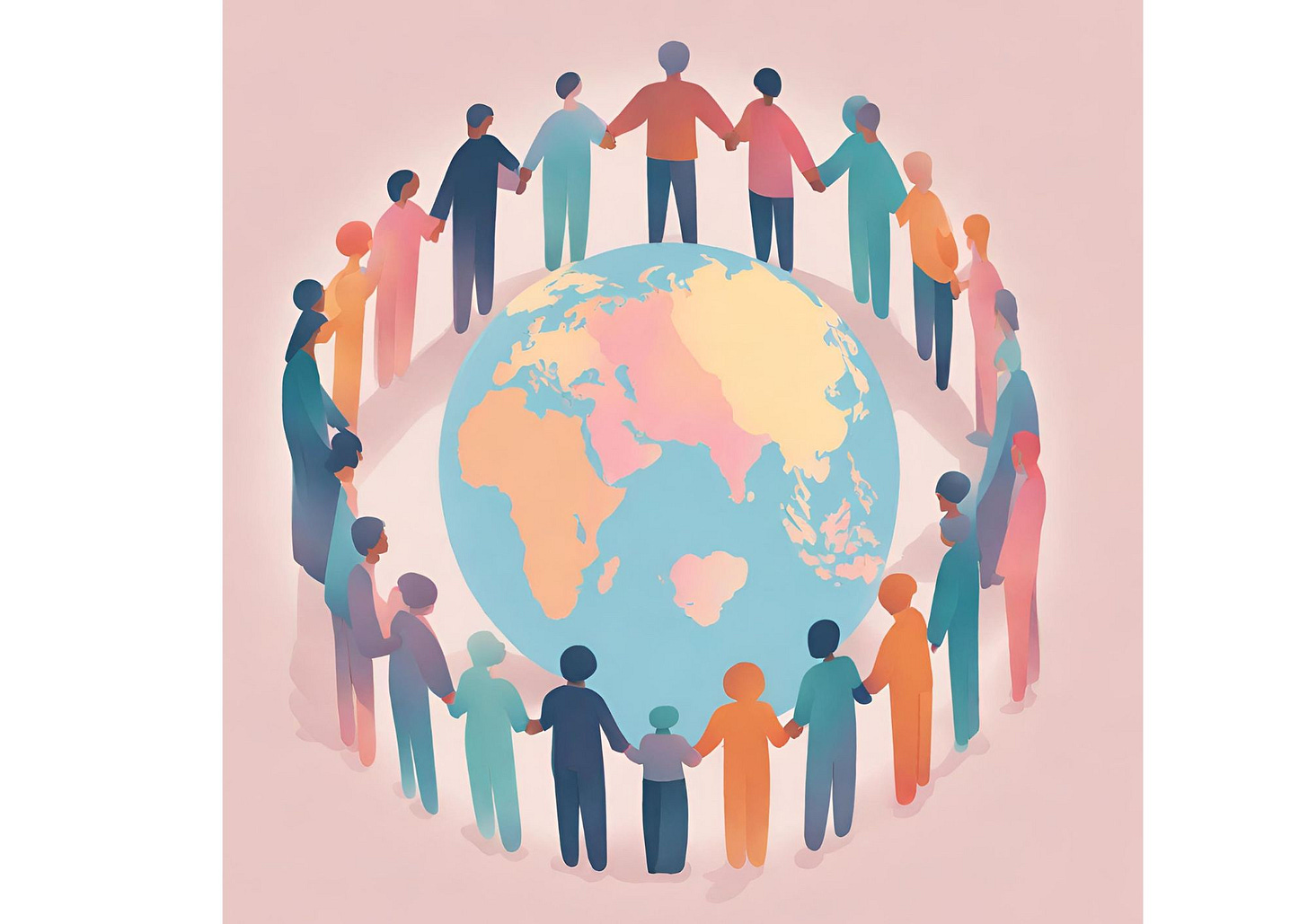
Very thoughtfully written, much kudos to you, looking forward to much more such articles. Wish you the best.
We all are in a collective network but after reading, a clear picture of what could be a defined and complete purpose of such an association. The crystal clarity and completeness of understanding relationship is amazing. Thank you :)